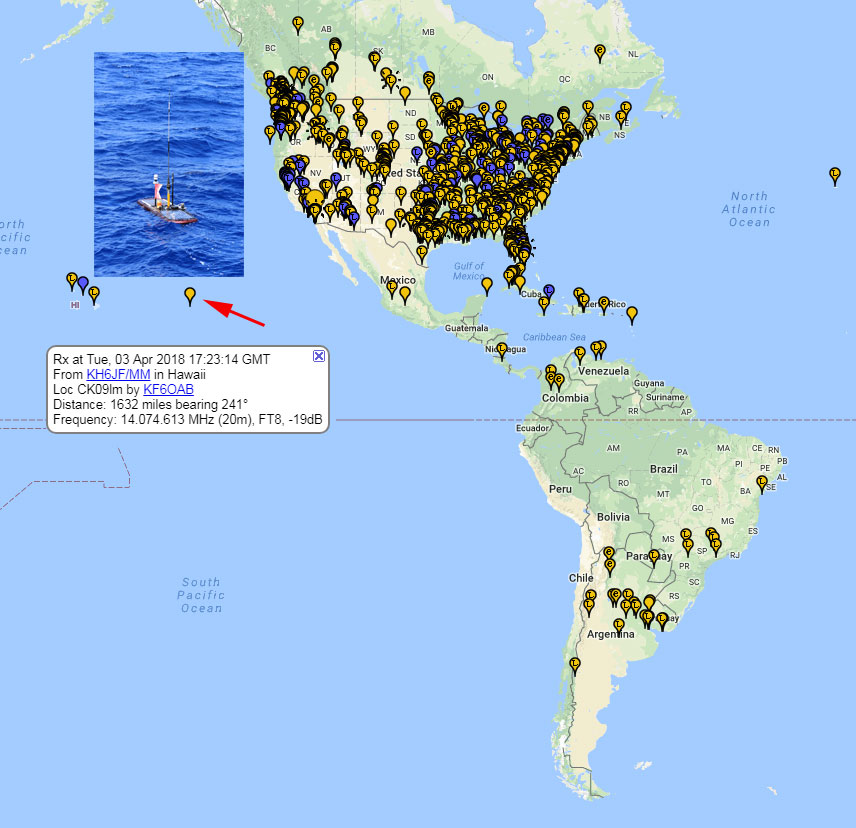IoT might be an over-hyped trend, but for ~$8 retail I can buy a EPS8266 NodeMCU board that has built-in WIFI. Moore’s Law and accessibility will continue to drive costs down, which means eventually all manufacturers will experiment with IoT products. Why? Because the data that can be captured is extremely valuable and can be monetized. One downside is these SoCs do not have any hardware protections where you can stash secrets, such as a code signing key.
For example, when I created the garage-o-matic to monitor and open/close my garage doors, I started looking at how to secure the firmware beyond a simple password. Ultimately, I would have had to build some additional custom hardware if I wanted to stay in the hobbyist IoT space.
I like the general idea of including some sort of hardware security system, which the Azure Sphere chip is calling “Pluton.” But what is really telling is Microsoft supporting this ecosystem with a Linux distribution. I’ve mentioned this before that Microsoft is becoming a cloud-first company, and this really drives that home. Build whatever you want, using the tooling you want, get even faster time-to-market if you use Visual Studio/Azure boilerplate, and run it on Microsoft’s Azure cloud.

